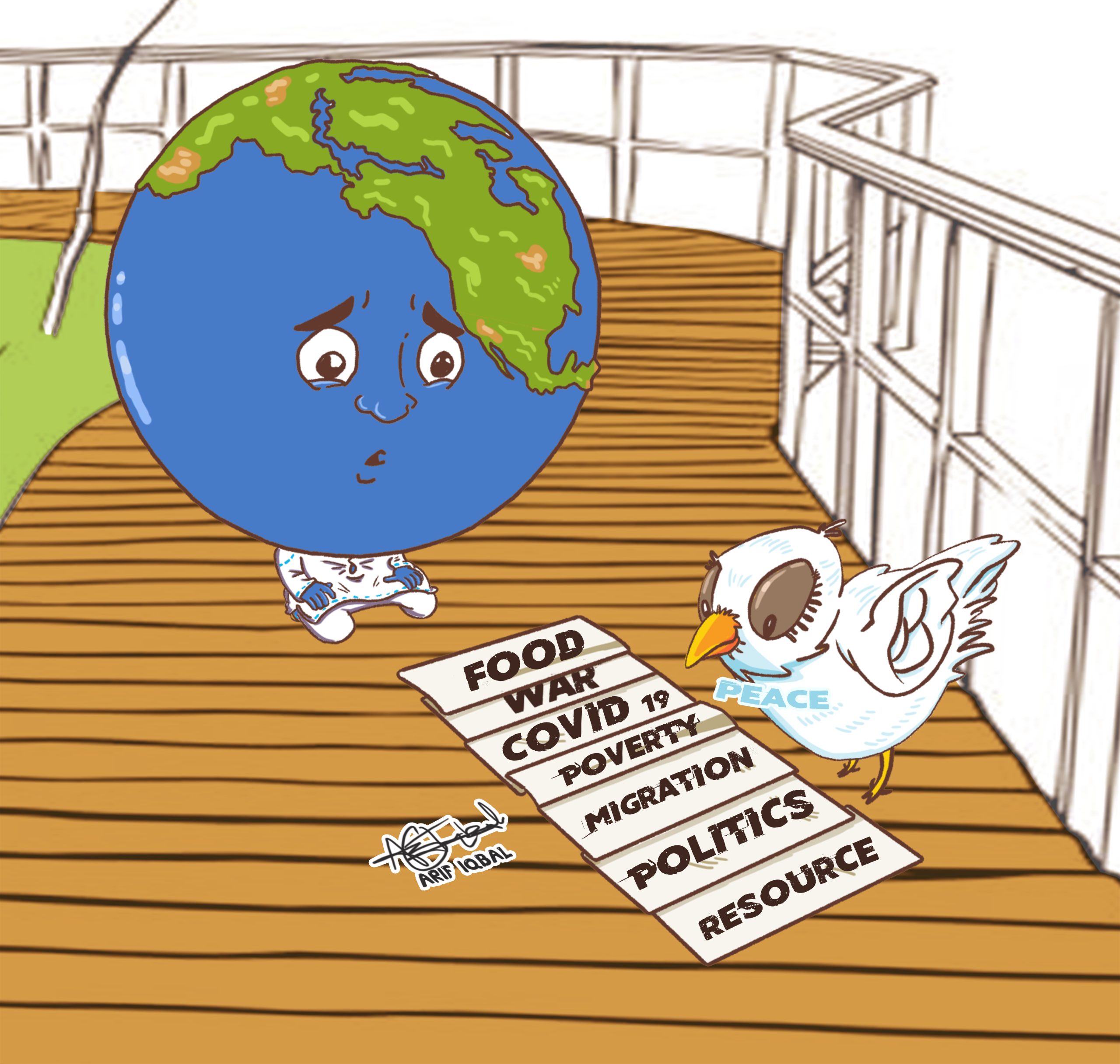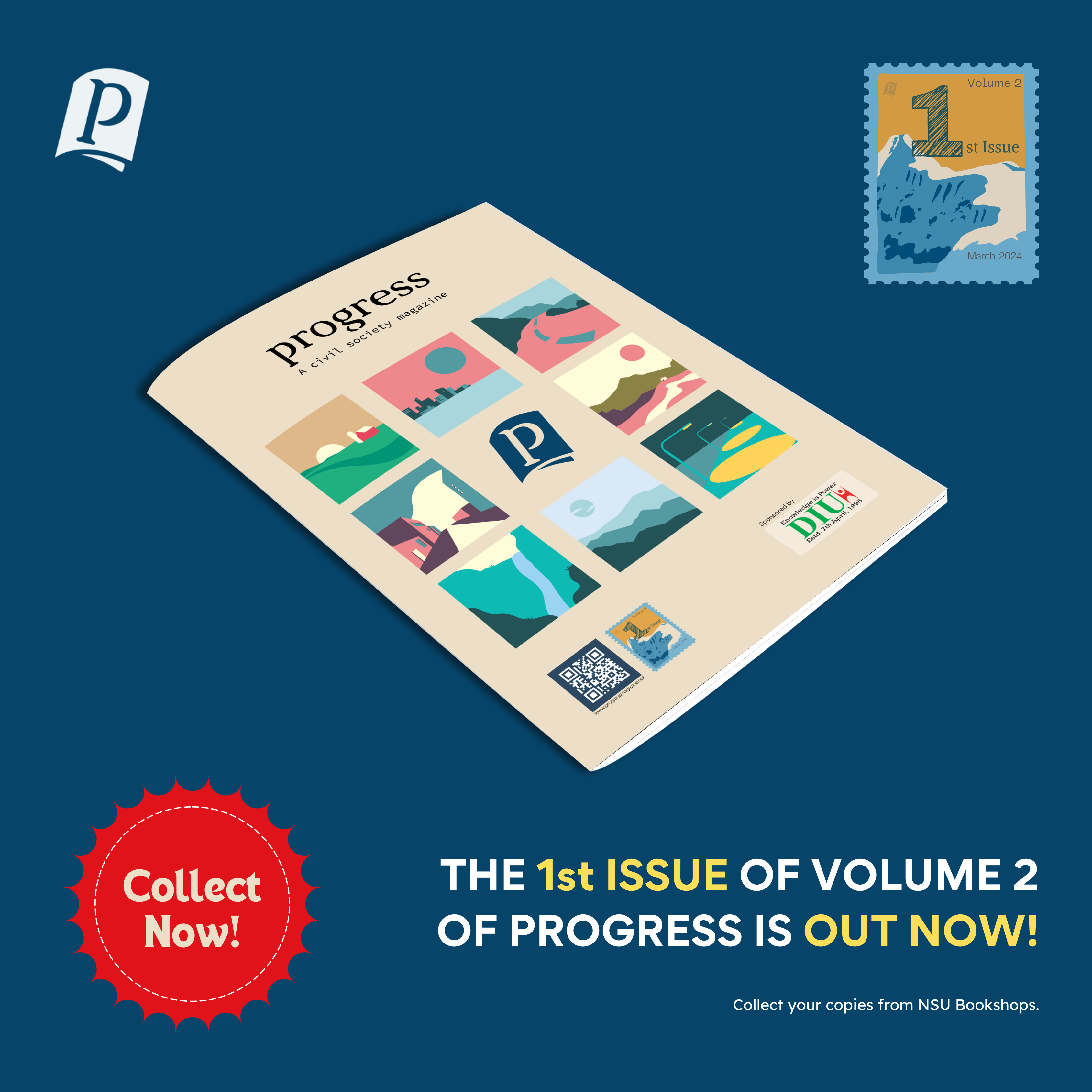The governments of most nation-states aspire to show to their respective citizens that, over the course of their governing tenure, they have achieved some degree of progress as an evident outcome of national policies and programs they have implemented, whether measured in the short-term, medium-term, or long-term. Such progress is manifestly diminished, if not halted, by violent conflict internal or external to a territorially sovereign nation-state. Most national governments, therefore, quite reasonably and explicitly subscribe to peace as a foundational moral and legal value of their society.
By ‘peace’ one thinks immediately of “the absence of armed conflict,” of course, which is what scholars call the “negative” concept of peace. Thus, consistent with this concept, Bangladesh is known for its concern for peace by consistently advocating at the United Nations General Assembly for a “culture for peace,” by participating in United Nations peace-keeping missions, and as it pursues a more or less “non-aligned” foreign policy. The latter is explicitly grounded on an ethos of international relations of “friendship to all, malice toward none.”
Yet, scholars involved in peace studies also employ a more expansive “positive” concept of peace. The Institute for Economics & Peace (IEP) defines positive peace as “the attitudes, institutions and structures that create and sustain peaceful societies.” This includes factors or “pillars” pertinent to domestic socioeconomic performance and to foreign relations: a “well functioning government;” “high levels of human capital;” “equitable distribution of resources;” “a sound business environment;” “low levels of corruption;” “free flow of information;” “acceptance of the rights of others;” and “good relations with neighbours.”
Bangladesh has a “low” state of positive peace
The positive peace of a society can be measured by any number of metrics. It behoves us to consider the metrics used by the IEP because of its focus on positive peace through reporting on two measures: (1) the Positive Peace Index (PPI) and (2) the Global Peace Index (GPI). The IPE’s PPI and GPI account for both quantitative and qualitative indicators and measure change over time.
The IEP reports on the relative performance of 163 countries and territories (having 99.7% of the world’s population) according to indicators for the PPI (year 2019) and the GPI (year 2022). The data on Bangladesh’s status on these indexes inform us of the country’s degree of progress towards positive peace (or the lack of it) over the last decade (2009-2019). On the PPI scale, a score of 1 represents a “very high” level of peace and a score of 3.69+ represents a “low” state of positive peace. In 2009, Bangladesh’s PPI rank was 136 (out of 163 countries). But, in 2019 Bangladesh ranked 139, with a score of 3.83 on the PPI. This score means that Bangladesh has a “low” state of positive peace. According to the IEP assessment, this also means the country remains at a high risk for increases in violence.
Scores closer to 1 indicate good performance on the various indicators of positive peace. Despite its ongoing economic development and transition from a lower- to middle-income country, IEP data inform us that Bangladesh needs improvement on all indicators that contribute to positive peace: a well functioning government (3.48); low levels of corruption (4.52); a sound business environment (3.97); equitable distribution of resources (3.78); acceptance of the rights of others (4.09); free flow of information (3.83); high levels of human capital (3.17); and good relations with neighbours (3.64). This compares, e.g., to Norway, the most peaceful country in the world as measured by the PPI, which has scores as follows: a well functioning government (1.14); low levels of corruption (1.19); a sound business environment (1.03); equitable distribution of resources (1.03); acceptance of the rights of others (1.34); free flow of information (1.43); high levels of human capital (1.15); and good relations with neighbours (1.06).
In contrast to the PPI, the GPI includes measures for political stability, safety and security, ongoing conflict, intensity of internal conflict, deaths from internal conflict, military expenditure as a percentage of Gross Domestic Product, political terror, neighbouring country relations, number of refugees and internally displaced persons, incarceration rates and perceptions of criminality, and violent demonstrations, among other criteria.
Bangladesh ranked 96 out of 163 countries on the GPI, with a score of 2.067, meaning—relative to other measured countries—it has a “medium” state of peace. While having a marginal improvement over its 2021 GPI, Bangladesh has nonetheless had a 1.4% deterioration in internal GPI over the decade 2009-2019. This compares to other South Asian countries (Bhutan, Nepal, Sri Lanka, India, Pakistan, and Afghanistan), with GPI measures indicating that this region of countries has continued a trend of “deterioration” on the GPI.
As with all countries in the world for which peace is a fundamental value, it is incumbent upon the Bangladesh institutions of national and municipal government, the structures of political and corporate governance, and the formal and informal associations of civil society in general to appropriate in policy and practice a concept of positive peace. The data are clear that those countries that do so make sustainable progress in positive peace.
In this way Bangladesh may avoid a near-term deterioration due to current deficiencies— growing internal political instability, corruption in the public and private sectors, inequitable distribution of the nation’s resources, lack of respect for the rights of others manifest in communal violence and depreciation of secular value orientations, excessive regulation of the flow of information in print and digital media otherwise protected by the right of free speech and freedom of the press, and attention to due moral and legal regard for refugees as refugees and not merely as forcibly displaced persons.
As the various indicators used by the IEP show, good performance on all indicators forms a conditio sine qua non if the nation is to make evident progress towards a sustainable state of positive peace in this decade. In short, there is room for improvement in Bangladesh, with progress towards positive peace dependent on a commitment to improve attitudes, to have more effective and efficient institutions, and to have stable and incorrupt structures of governance. With such improvements, Bangladesh can build a peaceful society internally for the 21st century, and not merely be satisfied with negative peace in the sense of absence of armed conflict with its neighbouring countries.
Note: All data cited here are from the Positive Peace Report (2020) and the Global Peace Index Report (2022) published by the Institute for Economics & Peace.









